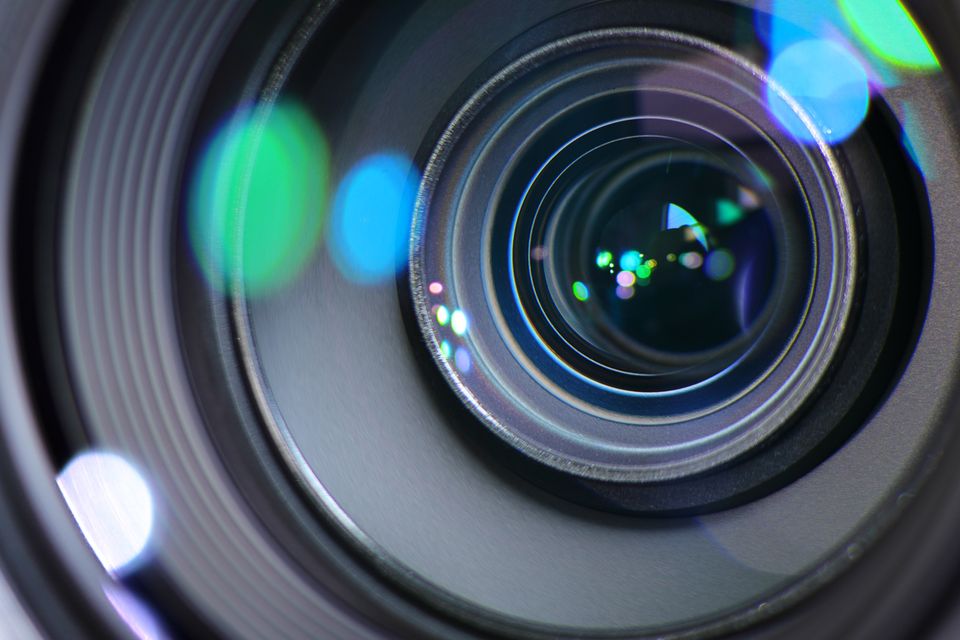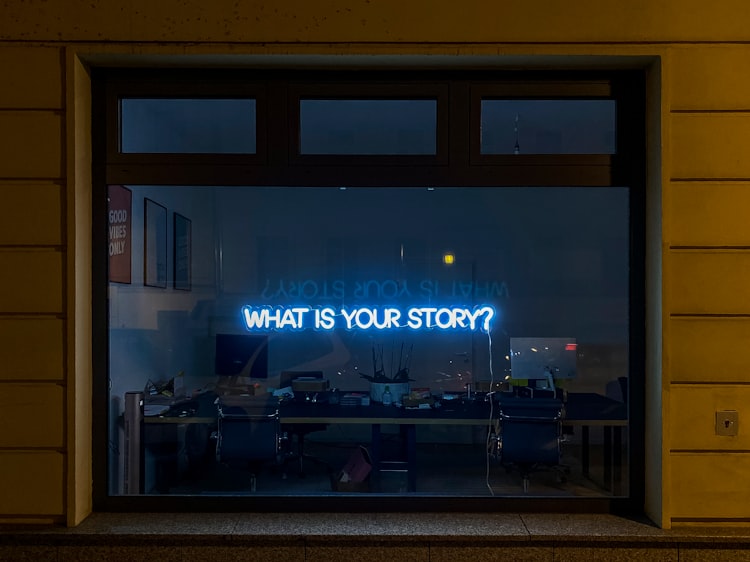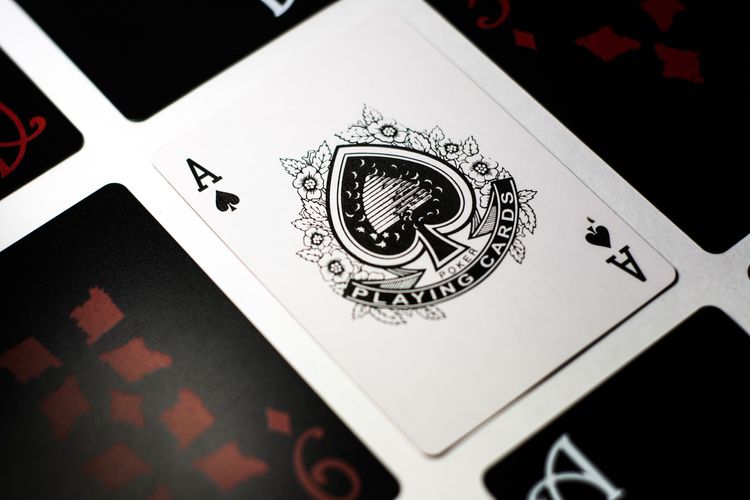Videotape Depositions, Take One!

California law allows an adverse party to use a deposition of a party for any purpose during trial. If you videotape your opponent's deposition, this means that you can select and play video clips from his deposition for the jury to watch in your opening statement, during the time it is your turn to introduce evidence (without any opportunity for your opponent to explain his testimony after you play the damaging video clip of his testimony), and your closing argument. Imagine, the jurors get to hear and see your opponent at his worst just as if they were watching YouTube (which most of them do frequently).
Without videotape of your opponent's deposition, you have nothing but a cold lifeless transcript to read the jurors to sleep. The videotape is not just important for what the jurors hear, but also for what they see. For example, your opponent immediately and without any hesitation (as if on cue) responds aggressively to an important question with "I don't recall." Or, he deliberates at length, looks at his attorney, all the while fidgeting in his seat and then apologetically responds "I don't recall." All of this is lost forever without videotape because the transcript reads question and answer (period).
Malcolm Gladwell, in his book Blink, supports a claim by the psychologist Paul Ekman that a person's face while he is speaking can reveal whether he is lying. Gladwell uses several examples to demonstrate that despite our best efforts to suppress involuntary facial responses, are facial expressions often give us away. In one example, a videotape clip of Kato Kaelin during the O.J. Simpson trial, Kaelin responds to a question by Marcia Clark by baring his teeth, lowering his brow and wrinkling his face as if he were a "snarling dog."
According to Gladwell, we are face readers from the day we are born. As babies, we learn to read our parents' faces for acceptance, unhappiness and fear. By the time we are adults, we instinctively read faces for clues. A videotape deposition allows the jury to read your opponent's face (during a deposition that he never thought the jury would see). When (not if) you playback the video prior to trial, you must concentrate on your opponent's face for tall tale signs. If you you catch your opponent, smirking, glaring, worried, it's a mistake not to share it with the jury.
There are other reasons to videotape adverse party and important witness depositions as well. You can show them to the mediator or settlement judge during the mediation or settlement conference to strengthen your settlement position. The presence of a video camera at important depositions also tends to make the proceedings more formal and thereby reduces the amount of frivolous objections, coaching and other interference by opposing counsel. At the same time, the video camera can be very intimidating and put your opponent unease. Finally, you send a clear message to your opponent that you are serious about going to trial when you start videotaping depositions.
Despite these clear advantages, very few depositions are videotaped even though the cost (approximately $2,000) is worth every penny and relatively cheap in comparison to the high-expense of litigation. If your case is worth the expense of litigation, it is an absolute mistake not to videotape (at a minimum) your opponent's deposition given all of its advantages.





